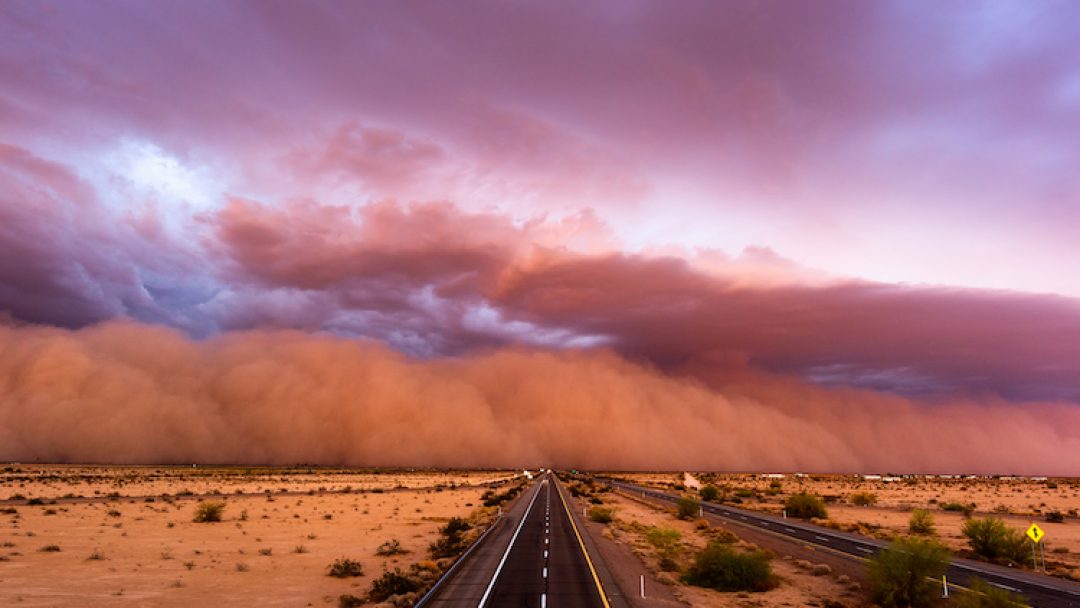As Arizonans know this time of year can result is some crazy storms. The dust storms the valley receives can be our most dramatic weather. What we typically see during monsoon season is a “haboob,” which is Arabic for blown. But these dust storms bring a lot more than expected.
According to air quality experts, there’s a lot of vile particles whipping around within these giant brown walls of dirt.
If you ever encounter this incredible force of nature, you should know exactly what you may be inhaling.
Manure and pesticides from agricultural land are prime ingredients within a haboob. Sometimes the wind will kick up brake dust and tiny pieces of tires from roads and highways as well. Spores beneath the desert crust could also go airborne, making people sick with Valley fever, a fungal lung infection.
“There’s quite a bit of research to try to look at what is the effect of Valley fever and how is it linked with these dust storms,” said Ronald Pope, an atmospheric scientist at the Maricopa County Air Quality Department.
Air quality experts say the particles that are big enough to see, like dirt and sand, are for the most part filtered out through your nose and throat, therefore they don’t get lodged in your lungs.
But dust storms have microscopic particles as well, which scientists refer to as PM10. Those particles can be harmful, especially to people with respiratory illnesses like asthma.
The recommended advice is always to take shelter inside when a haboob hits.








